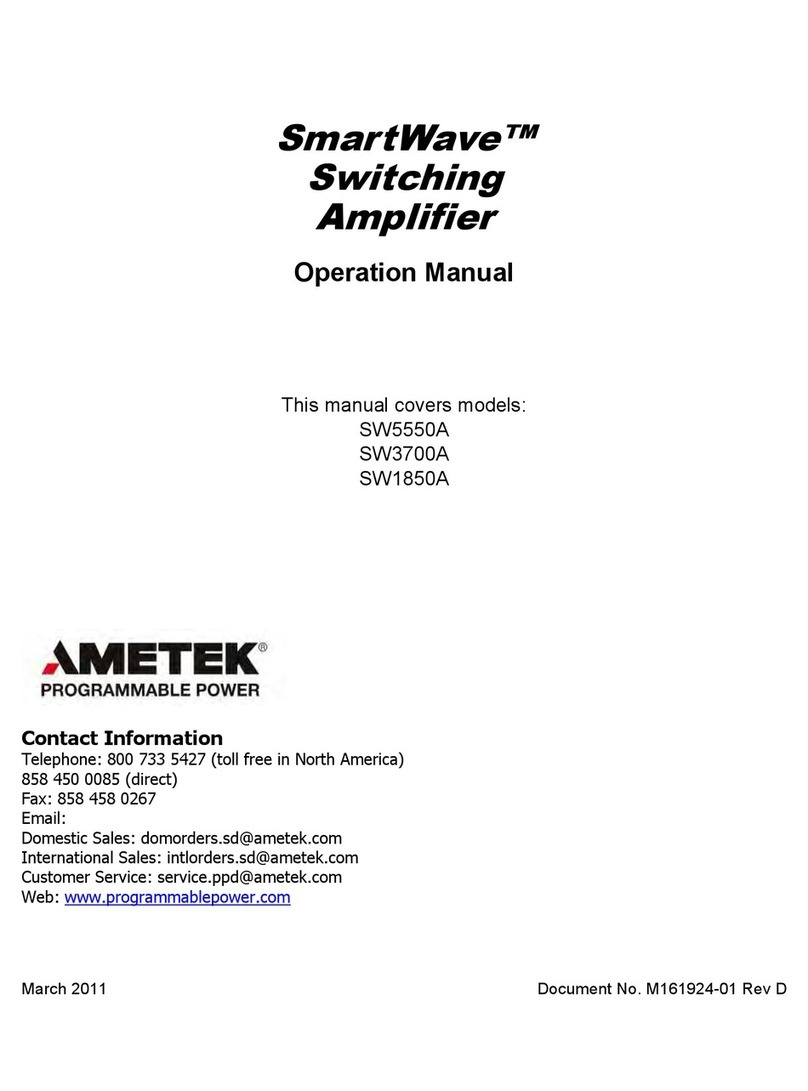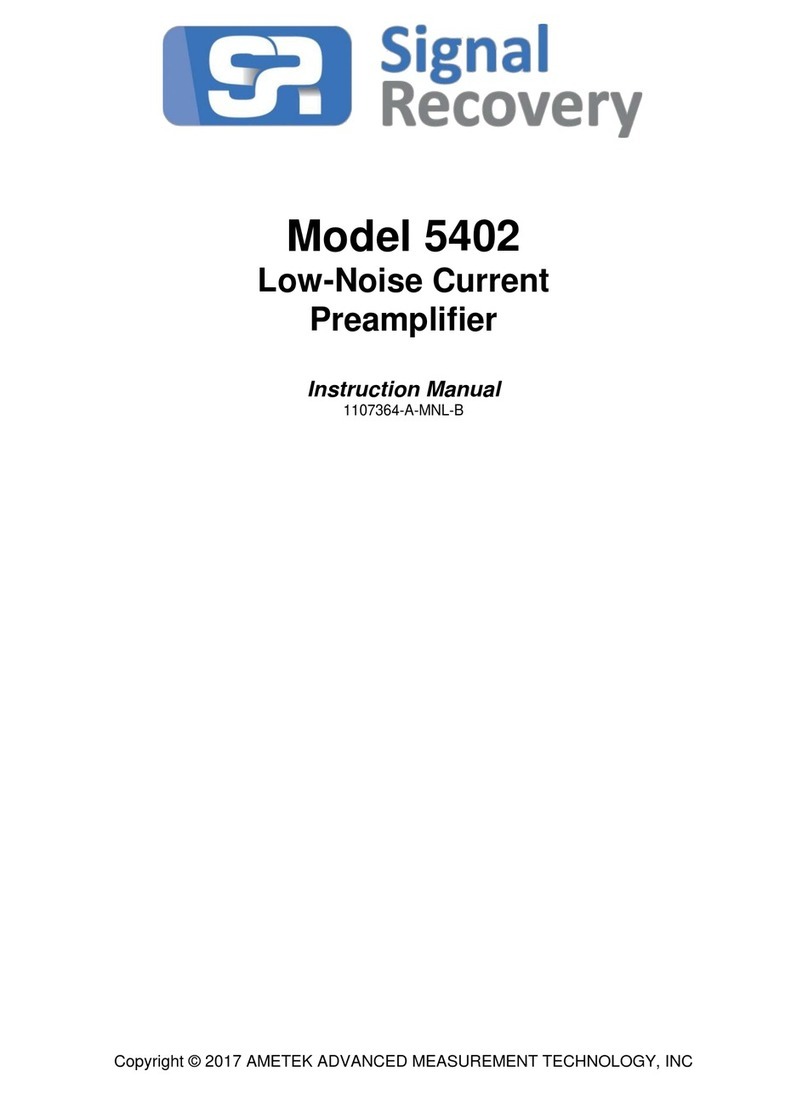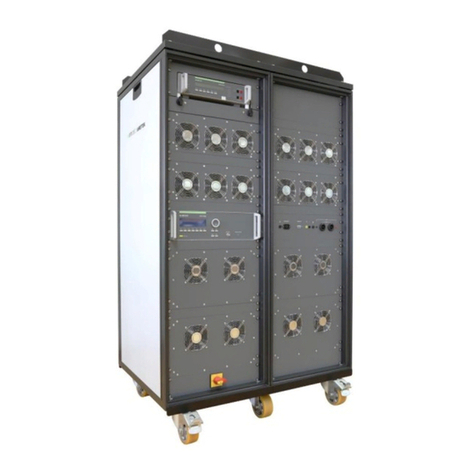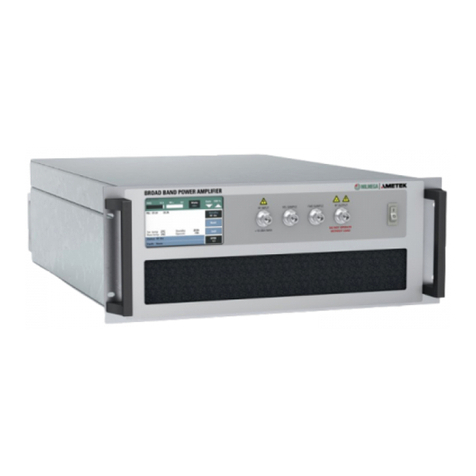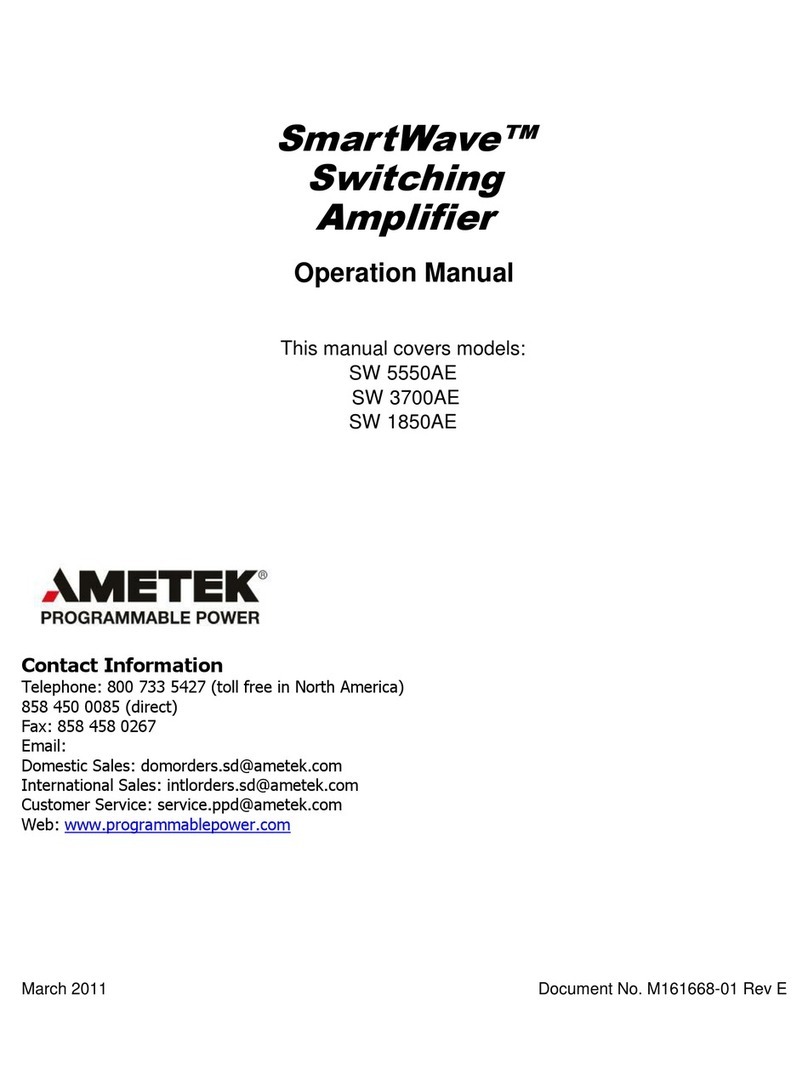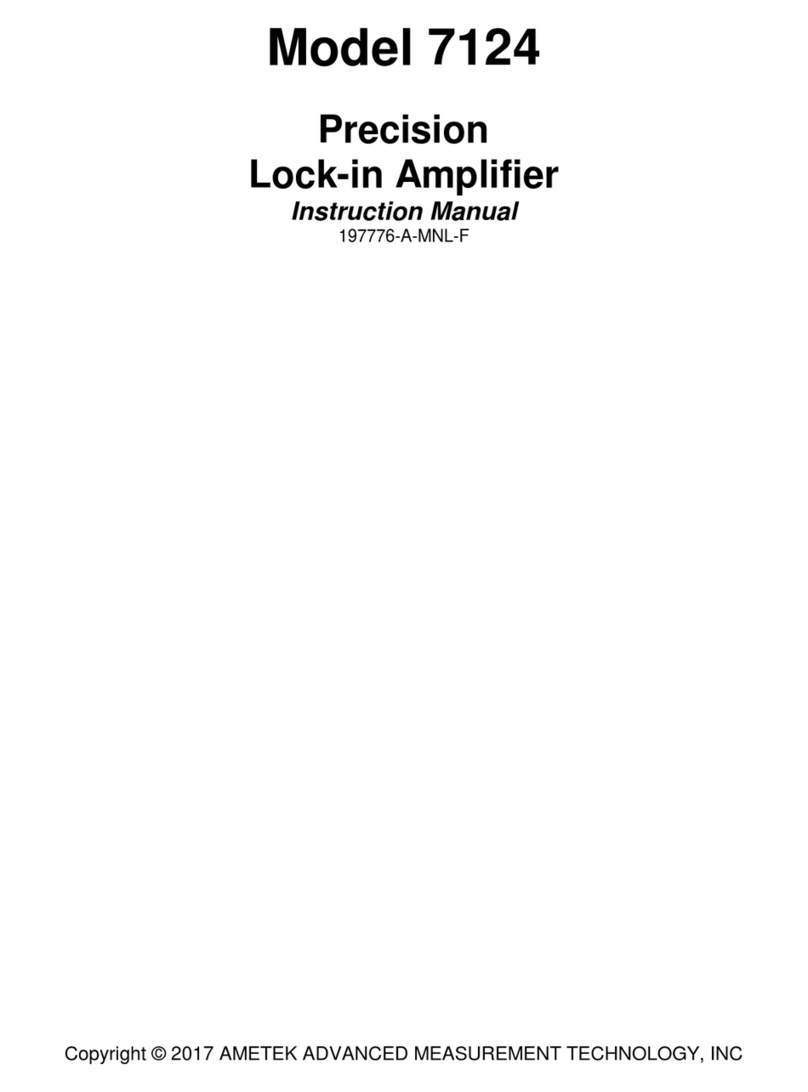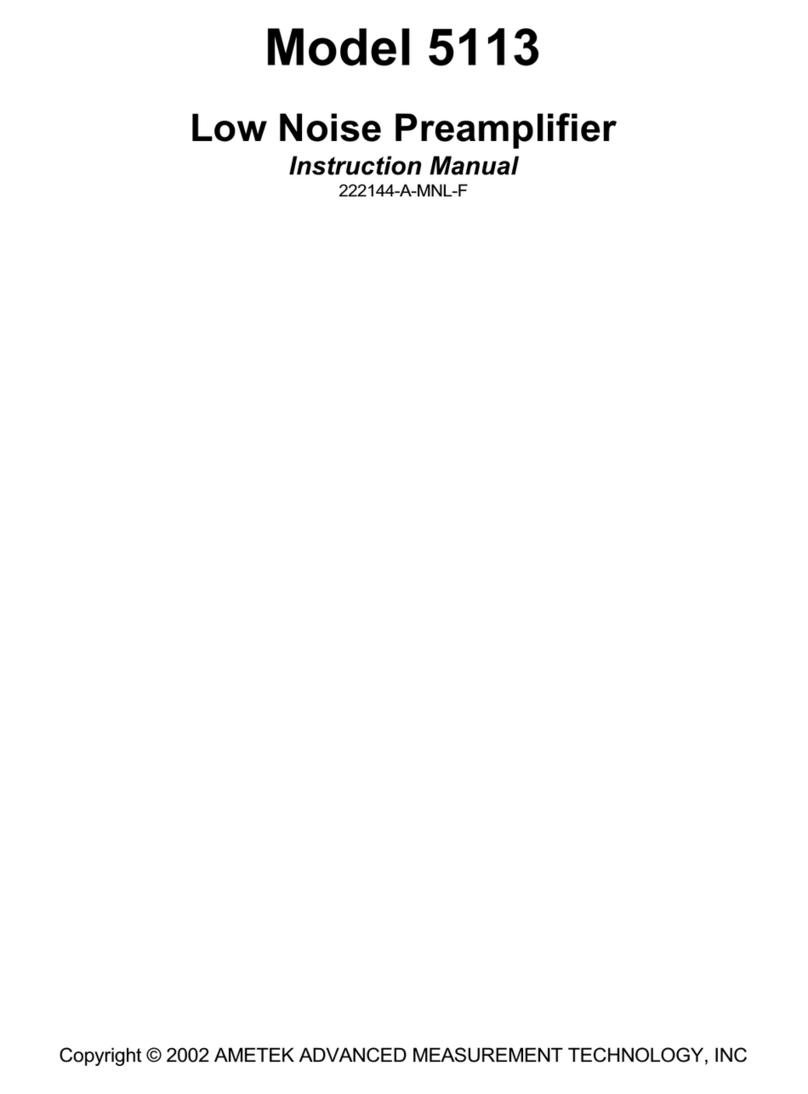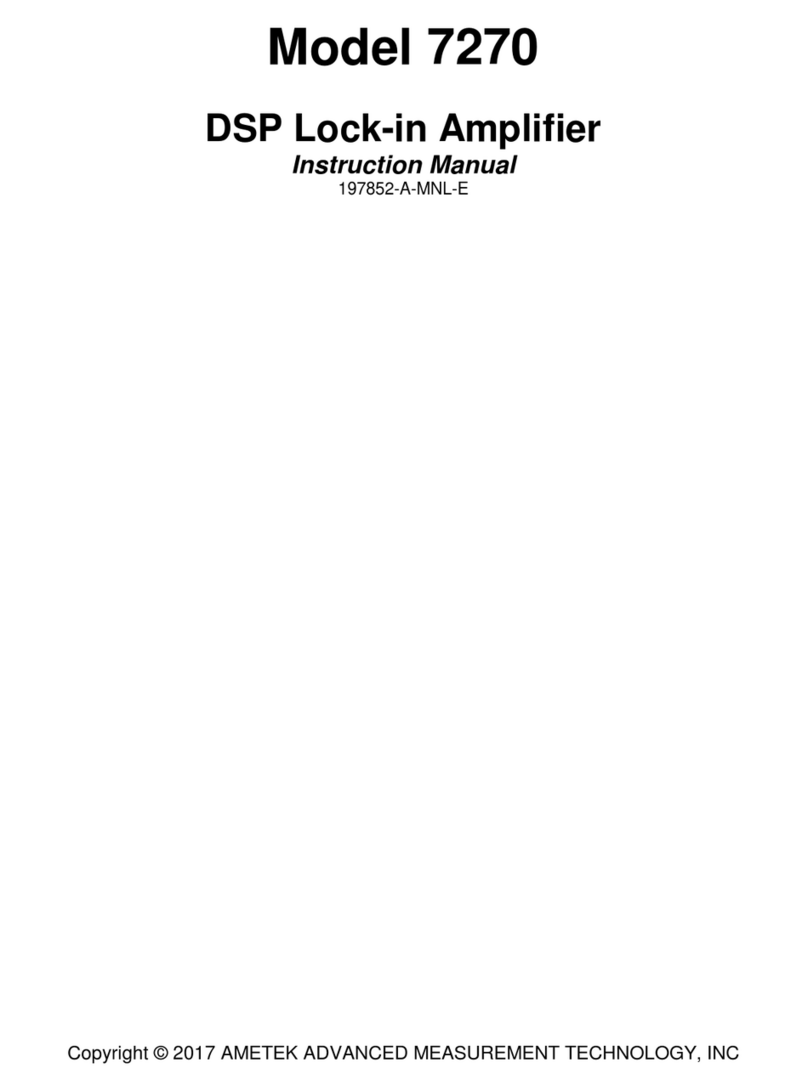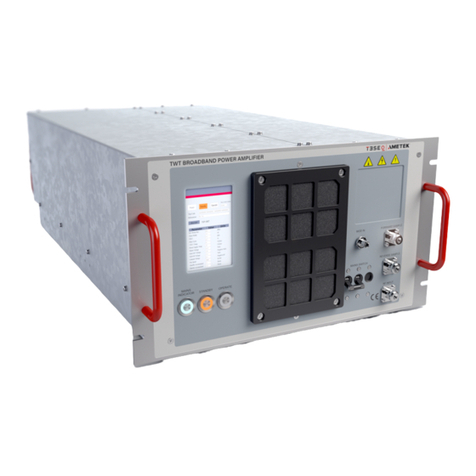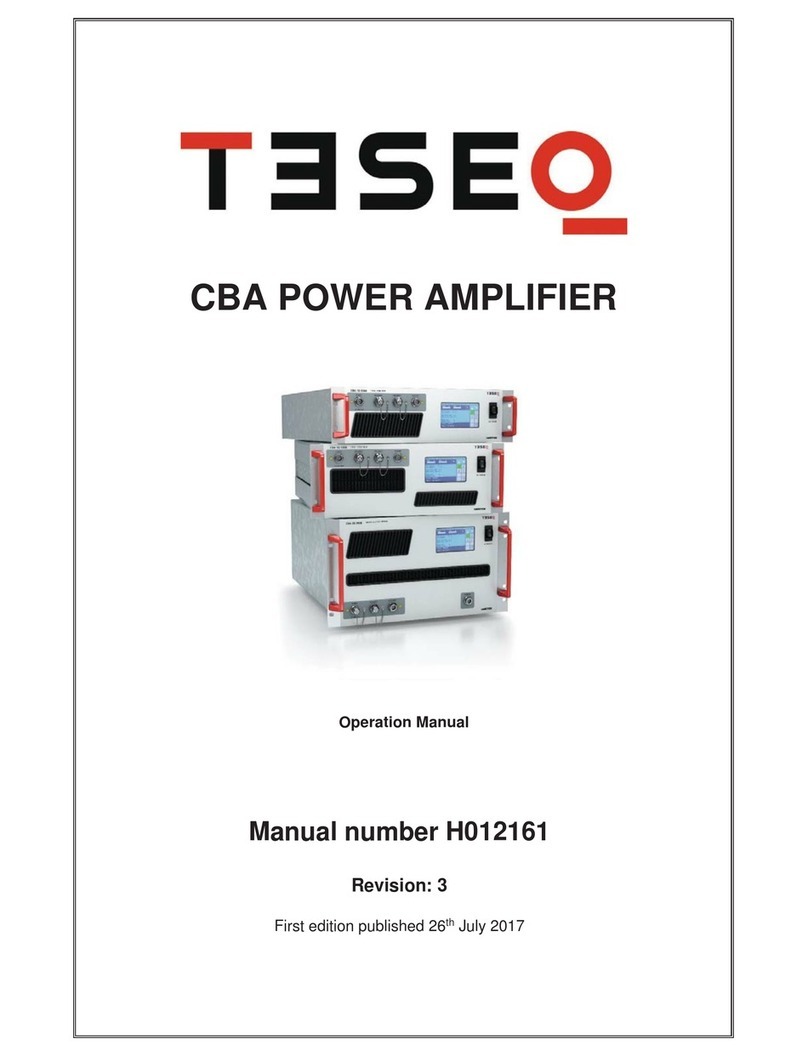
TABLE OF CONTENTS
ii
3.3.17 Auxiliary Analog Inputs and Outputs (ADCs and DACs) .................................................................... 3-14
3.3.18 Main Microprocessor - Spectral Display............................................................................................... 3-15
3.3.19 Main Microprocessor - User Settings.................................................................................................... 3-15
3.3.20 Main Microprocessor - General............................................................................................................. 3-15
3.3.21 Main Microprocessor - Auto Functions ................................................................................................ 3-15
3.4 General ........................................................................................................................................................... 3-17
3.4.01 Accuracy................................................................................................................................................ 3-17
3.4.02 Power-up Defaults................................................................................................................................. 3-18
Chapter Four, Front and Rear Panels
4.1 Front Panel ....................................................................................................................................................... 4-1
4.1.01 A and B/I Signal Input Connectors ......................................................................................................... 4-1
4.1.02 OSC OUT Connector .............................................................................................................................. 4-1
4.1.03 REF IN Connector................................................................................................................................... 4-1
4.1.04 Electroluminescent Screen ...................................................................................................................... 4-2
4.1.05 HELP Key ............................................................................................................................................... 4-5
4.1.06 MENU Key.............................................................................................................................................. 4-5
4.1.07 SELECT CONTROL Key....................................................................................................................... 4-5
4.2 Rear Panel......................................................................................................................................................... 4-6
4.2.01 Line Power Switch .................................................................................................................................. 4-6
4.2.02 Line Power Input Assembly .................................................................................................................... 4-6
4.2.03 RS232 Connector .................................................................................................................................... 4-6
4.2.04 AUX RS232 Connector........................................................................................................................... 4-6
4.2.05 GPIB Connector ...................................................................................................................................... 4-7
4.2.06 DIGITAL I/O Connector......................................................................................................................... 4-7
4.2.07 PRE-AMP POWER Connector ............................................................................................................... 4-7
4.2.08 REF MON Connector.............................................................................................................................. 4-7
4.2.09 REF TTL Connector................................................................................................................................ 4-7
4.2.10 DAC 1 and DAC 2 Connectors ............................................................................................................... 4-7
4.2.11 CH 1 and CH 2 Connectors..................................................................................................................... 4-7
4.2.12 ADC 1, ADC 2, ADC 3 and ADC 4 Connectors .................................................................................... 4-8
4.2.13 TRIG Connector ...................................................................................................................................... 4-8
4.2.14 SIG MON Connector............................................................................................................................... 4-8
Chapter Five, Front Panel Operation
5.1 Introduction ...................................................................................................................................................... 5-1
5.2 Menu Structure................................................................................................................................................. 5-2
5.3 Menu Descriptions - Single Reference Mode .................................................................................................. 5-3
5.3.01 Main Display ........................................................................................................................................... 5-3
5.3.02 Control Selection Menu........................................................................................................................... 5-5
5.3.03 Main Menu 1 ........................................................................................................................................... 5-7
5.3.04 Signal Channel Menu .............................................................................................................................. 5-8
5.3.05 Reference Channel Menu ...................................................................................................................... 5-11
5.3.06 Output Filters Menu .............................................................................................................................. 5-12
5.3.07 Output Offset & Expand Menu ............................................................................................................. 5-13
5.3.08 Output Equations Menu......................................................................................................................... 5-15
5.3.09 Oscillator Menu..................................................................................................................................... 5-16
5.3.10 Frequency Sweep Menu ........................................................................................................................ 5-17
